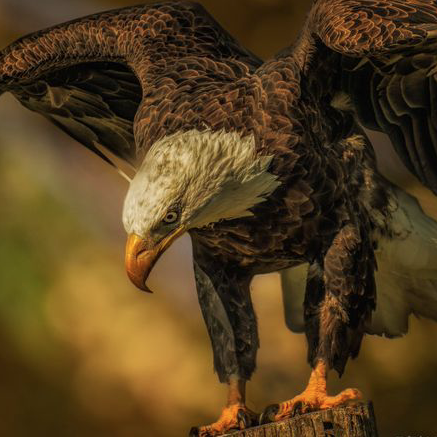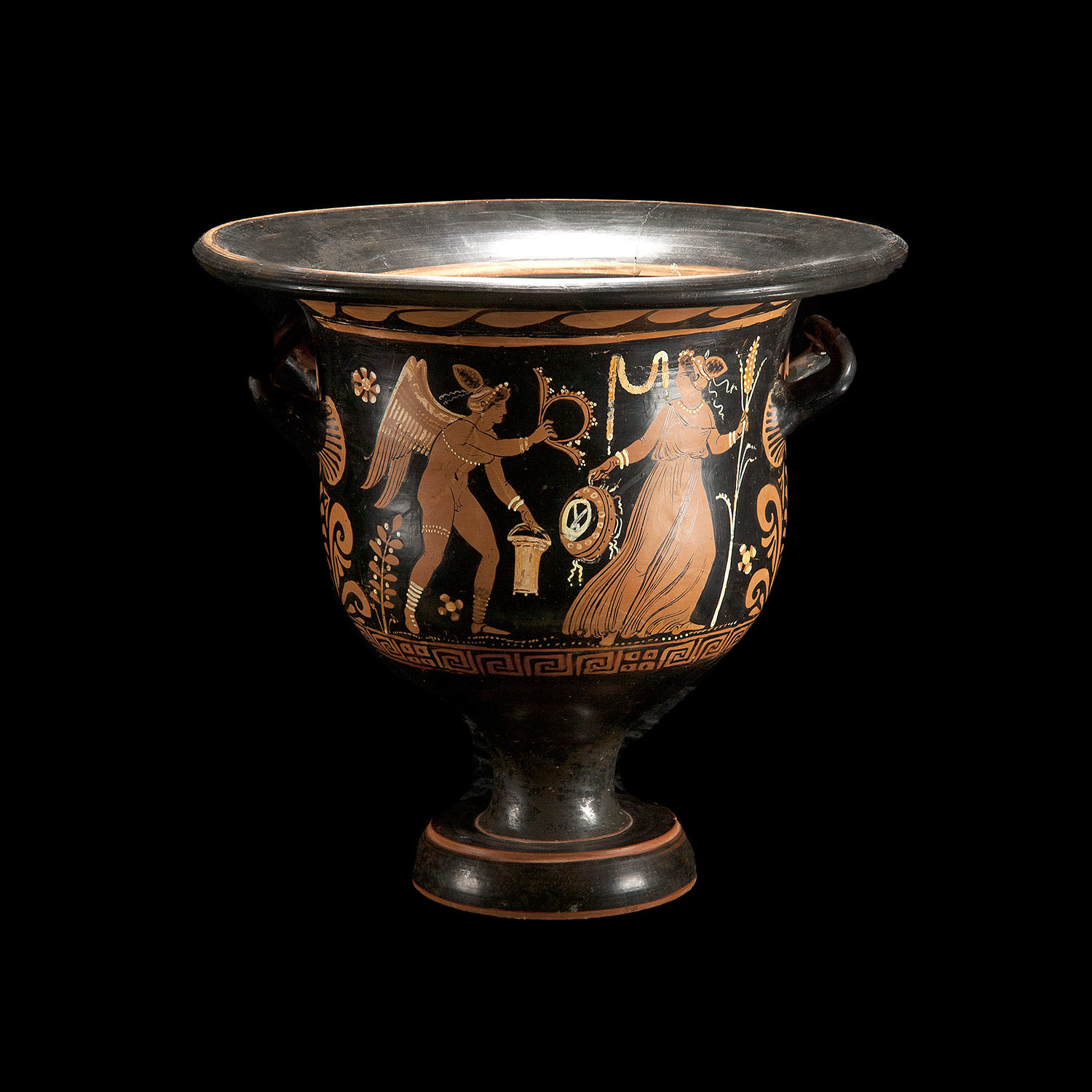The problems today is there are few " farmers Johns" so to speak, the old time guys who raised there cows chickens ect ect ,giving them a decent life, before slaughter. But today theres such a demand that now there factory farms. Nothing that lives should live like that. Really is hell on earth for them. Many have been busted by undercover video. Have you seen the HSUS video of the bulldozer pushing the sock cow up into the truck?? The cow was so sick it sound not even stand up.

Factory farming is an attitude that regards animals and the natural world merely as commodities to be exploited for profit. In animal agriculture, this attitude has led to institutionalized animal cruelty, massive environmental destruction and resource depletion, and animal and human health risks.
Record numbers of chickens and turkeys are being raised and killed for meat in the U.S. every year. These birds are typically crowded by the thousands into huge, factory-like warehouses where they can barely move. Each chicken is given less than half a square foot of space, while turkeys are each given less than three square feet. Shortly after hatching, both chickens and turkeys have the ends of their beaks cut off, and turkeys also have the ends of their toes clipped off. These mutilations are performed without anesthesia, ostensibly to reduce injuries that result when stressed birds are driven to fighting.
Record numbers of chickens and turkeys are being raised and killed for meat in the U.S. every year. Nearly ten billion chickens and over a quarter billion turkeys are hatched in the U.S. annually. These birds are typically crowded by the thousands into huge, factory-like warehouses where they can barely move. Each chicken is given less than half a square foot of space, while turkeys are each given less than three square feet. Shortly after hatching, both chickens and turkeys have the ends of their beaks cut off, and turkeys also have the ends of their toes clipped off. These mutilations are performed without anesthesia, ostensibly to reduce injuries that result when stressed birds are driven to fighting.
Today's "broiler" (meat) chickens have been genetically altered to grow twice as fast and twice as large as their ancestors. Pushed beyond their biological limits, hundreds of millions of chickens die every year before reaching slaughter weight at 6 weeks of age. An industry journal explains that "broilers [chickens] now grow so rapidly that the heart and lungs are not developed well enough to support the remainder of the body, resulting in congestive heart failure and tremendous death losses." Modern broiler chickens also experience crippling leg disorders, as their legs are not capable of supporting their abnormally heavy bodies. Confined in unsanitary, disease-ridden factory farms, the birds also frequently succumb to heat prostration, infectious diseases, and cancer.
Like meat-type chickens, commercial turkeys also suffer from serious physical malformations wrought by genetic manipulation. In addition to having been altered to grow quickly and unnaturally large, commercial turkeys have been genetically manipulated to have extremely large breasts, in order to meet consumer demand for breast meat. As a result, turkeys cannot mount and reproduce naturally, so their sole means of reproduction is artificial insemination. And similar to broiler chickens, factory-farmed turkeys are prone to heart disease and leg injuries as a consequence of their grossly-overweight bodies. An industry journal laments that:
Turkeys have been bred to grow faster and heavier but their skeletons haven't kept pace, which causes 'cowboy legs'. Commonly, the turkeys have problems standing and fall and are trampled on or seek refuge under feeders, leading to bruises and downgradings as well as culled or killed birds.
Chickens and turkeys are taken to the slaughterhouse in crates stacked on the backs of open trucks. During transport, the birds are not protected from weather conditions, and a percentage of the birds are expected to die en route. Birds freeze to death in winter, or die from heat stress and suffocation in warm weather. It is “cheaper†for the industry to transport the birds in open crates without adequate protection, despite high mortality rates. Upon arrival at the slaughterhouse, the birds are either pulled individually from their crates, or the crates are lifted off the truck, often with a crane or forklift, and the birds are dumped onto a conveyor belt. As the birds are unloaded, some miss the conveyor belt and fall onto the ground. Slaughterhouse workers intent upon 'processing' thousands of birds every hour have neither the time nor the inclination to pick up individuals who fall through the cracks, and these birds suffer grim deaths. Some die after being crushed by machinery or vehicles operating near the unloading area, while others may die of starvation or exposure days, or even weeks, later.
Birds inside the slaughterhouse suffer an equally gruesome fate. Upon entering the facility, fully conscious birds are hung by their feet from metal shackles on a moving rail. Although poultry are specifically excluded from the federal Humane Slaughter Act (which requires that animals be stunned before they are slaughtered), many slaughterplants first stun the birds in an electrified water bath in order to immobilize them and expedite assembly line killing.






 ... Both are important in the eyes of God and in the order you pointed out. God wants us to treat each other this way:
... Both are important in the eyes of God and in the order you pointed out. God wants us to treat each other this way:

